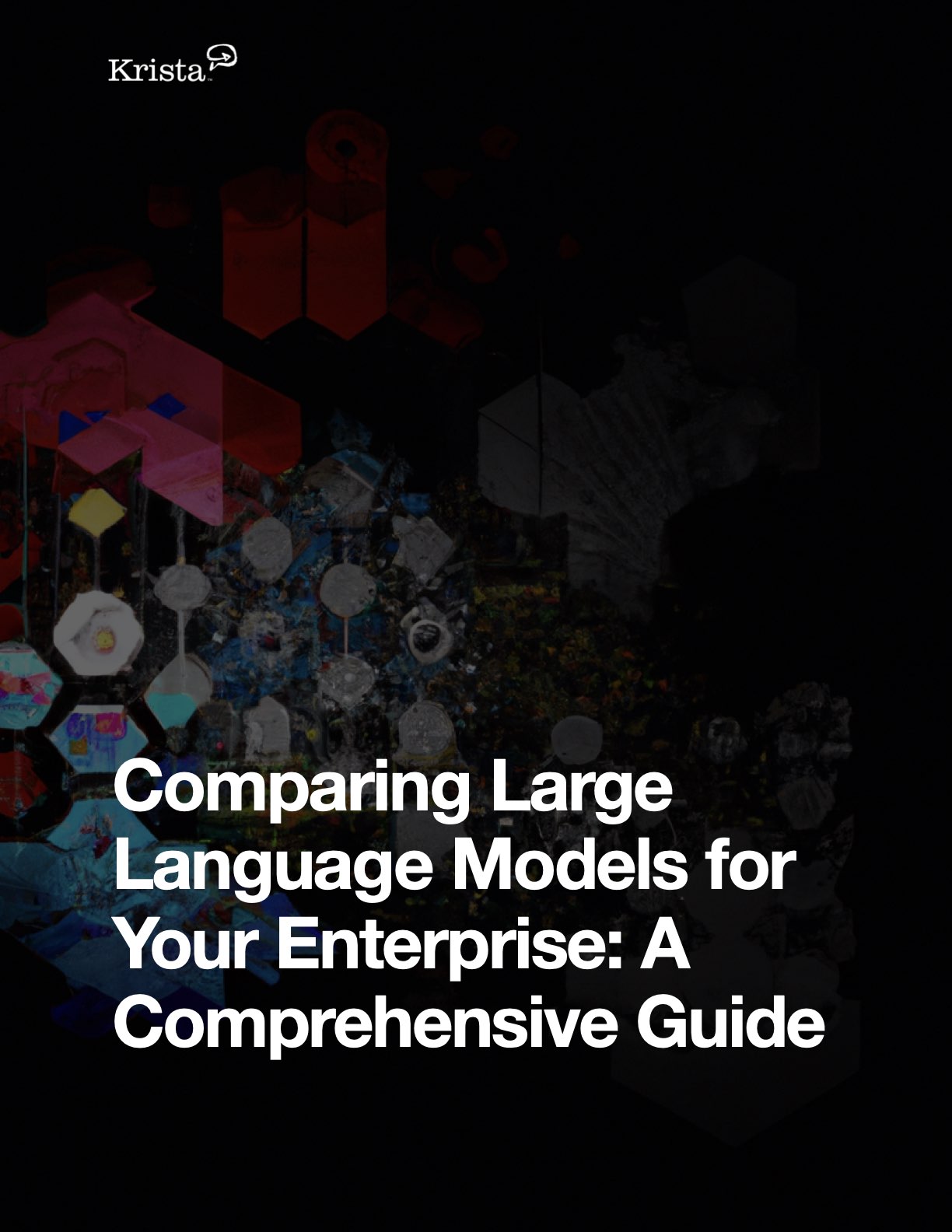It was a fine Monday morning when I strolled into my office. It seemed no different than any other typical morning at this company, and everyone seemed to be busy planning their week’s schedule. A few rumbling voices could be heard over the clacking keyboards and office chatter as the day progressed. These voices reminded me of the universal groan at school just before the announcement of a test result.
Am I missing something? I thought to myself. Being a CPO, I decided to do what we all would do: walk out there and ask what was going on.
“Guys, is there a problem I should be aware of? Because if there is a problem, then I should be aware before the software demo begins.”
The resounding groans became louder, and more than one pair of eyes averted their gaze. I knew right then and there what the problem was. My office had a bad case of Software Frustritis.
At the time, I had no idea that there was even a word for what my team was feeling, but after learning that there was a term for it, I did some digging.
What is Software Frustritis?
I’ll save you the Google searches and scratching heads and tell you what Software Frustritis is:
“The feeling of being upset or annoyed at the inability to change or achieve something within a computer program or app.”
As simple as the definition above may be, the problem has been plaguing organizations worldwide since the advent of the computer. Even though I had been providing IT enterprise solutions for over 25 years, I realized that fighting to learn a new software can be debilitating and affects new hires the most.
One of the thoughts that ran marathons through my head was that if I hadn’t come out of my office that day and saw for myself the look on my team member’s faces, I probably would never have figured out it was a problem at all. The interesting part of it is that we were an enterprise solutions company with people who lived and breathed technology!
It got me thinking: What about the billions of people who are consuming new technologies daily who might have less of a tech background? Undoubtedly, ‘I am quitting this job’ might be the only option that they are left with if they can’t grasp the technology that is an integral part of their job.
How can leaders identify if their employees are suffering from Software Frustritis?
A Deeper Study
Nowadays, a corporate desktop has become a more crowded place than a supermarket the day before Thanksgiving. Every desktop-based employee is already too frustrated with the application litter on his/her corporate work machine to even fathom trying to learn a whole new set of software rules.
The moment your employee turns on their system, all they see is a mess of application icons, websites, and so much complexity that a normal person just can’t keep up–Period.
Technology is designed to make our lives easier. So why does it seem like it’s only adding to the mess that’s already there?
The major issue here is that everyone gets so lost in the urgency to deliver that they often overlook the consumption side’s challenges. Us tech folk have been so used to optimizing the speed of delivery, that we’ve turned a blind eye to the elegance, efficiency, or ease of consuming the technology that we worked so hard to deliver.
On average, a large enterprise has 464 custom apps. This makes it a complex ecosystem to deal with for any typical user. However, they don’t usually use all of these apps, but the number is still shockingly high. The stats further state that 68 SaaS applications are in use at a typical enterprise, which is not normal for the human mind to juggle. Here is the perfect example of a complex software ecosystem that falls in the category of an enterprise solution:
One of the leading global CRM providers has over 50,000 apps available in their marketplace. This means that there’s a key pillar app (the CRM) that functions as the system of record. Now, to make the CRM’s capabilities more fluid, more consumable, or better integrated with other parts of the business systems, vendors have made 50,000 additional apps that are supposed to be used alongside the CRM. This creates an enormous amount of complexity for the users.
This is where Software Frustritis comes in.
Consuming new tech isn’t limited to existing employees; it delays the onboarding process for new employees as well, raising the technical bar for people from non-tech backgrounds.
The Solution to your Software Frustritis
Software frustritis is a real thing, and you might be wrong if you think that the IT user is lazy or stupid whenever you see the frustration on their face. Technology is the only culprit to blame here, and the complexity of understanding new things may often be a reason for people’s resistance to adapt to new tech.
After analyzing the problem, the solution becomes pretty simple:
‘To optimize on the consumption of technology, not just the production of technology.’
And to do so, we leveraged the most basic tool that every human uses to kickstart a task: Conversation.
We need to make IT a conversation, not a series of icons, websites, buttons, and menu bars. Stop blaming people for being people. Give them a solution that understands how they think.
Treating Your Software Frustritis the Krista Way
I’ve been delivering enterprise IT systems for 25 years. There came a point where the biggest problem with optimizing business performance and lessening employee turnover was staring me in the face. I decided to do something about it.
I really wanted to make tech that understands people versus the other way around, and Krista was born.
Krista automates conversations, eliminating the unnecessary hassle of learning every piece of tech out there in the marketplace. The technology is called ‘Conversational AI,’ a blend of RPA, AI, NLP, and ML that helps it operate in a more human-friendly way. In the backend, the other technologies are doing their job. However, Krista doesn’t burden the user with any of this. Instead, Krista presents users with a simple conversation. There’s nothing more to learn than what they already know.
Users can stay focused on what they are good at. Everything else is a Krista conversation!
 The Circular firing squad
Prev post
The Circular firing squad
Prev post




